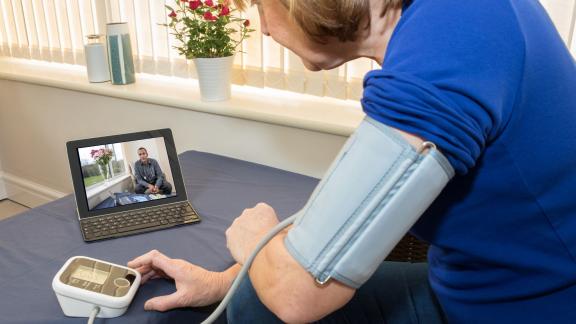Medical devices

On 5 April 2017 the European Parliament approved new EU rules on medical devices, concluding the EU process of negotiations on these new EU laws, originally proposed by the European Commission in 2012. The final texts of the Medical Devices Regulation and the In Vitro Diagnostic Medical Devices Regulation were published in the Official Journal of the European Union on 5 May, 2017. See update on MDR below.
Update to the Regulation on Medical Devices (May 2020)
In April 2020, the European Parliament and Council approved a proposal to delay the full implementation of the Medical Device Regulation 2017/745 (MDR) for one year to 26 May 2021. This decision was made to allow Member States, health institutions and economic operators to prioritise the fight against the coronavirus pandemic. This decision takes into account the unprecedented challenges of the coronavirus pandemic and the need for an increased availability of vitally important medical devices (MD) across the EU whilst continuing to ensure patient health and safety until the new legislation becomes applicable.
What does this mean?
Actors in the field of medical devices have one more year to get ready for the implementation of the MDR. In the meantime, industry can continue to legally place medical devices on the market following existing directives until May 2021. The delay has taken pressure of the system, but it is important for preparation work to continue to ensure manufacturers are ready for May 2021.
The delay means that the full applicability of the MDR will fall outside the transition period agreed with the EU. The Medicines and Healthcare products Regulatory Agency (MHRA) are currently planning for steps after the end of the transition period and will provide guidance on this in due course. All decisions on regulations will be taken with a view to prioritising patient safety and ensuring patient access to medical devices. In the meantime, the existing regulatory requirements should continue to be met.
Advice for NHS organisations
Although this legislation is principally targeted at manufacturers of medical devices who wish to place their products on the EU single market, there are a number of requirements for health institutions, either as end users of these products, or as organisations that modify, manufacture and use medical devices and IVDs for their own patients.
An interactive guide to MDR and IVDR can be found here and you can find further details in this presentation which contains general information on key changes contained in the regulations and transitional periods.
Keep up to date on MHRA guidance on MDR and IVDR here.
Background information
NHS organisations often produce diagnostic tests in-house or modify commercial kits to conduct essential specialised tests for specific groups of patients. They also modify or produce medical devices, such as software for MRI scanners and devices for use on special groups of patients (for example, infants and children). These practices allow the NHS to provide state-of-the-art healthcare to patient groups needing specialised care, to respond rapidly to new or emerging threats, and to promote the development of more innovative solutions through collaboration by medical researchers with peers.
The original proposals for new EU legislation seriously threatened the ability of NHS hospitals to continue to modify or produce diagnostic tests and medical devices ‘in house’. The proposed restrictions could have resulted in negative implications for patients, such as:
- Delays in providing healthcare, with turnaround time for new industry manufactured devices for novel and/or emerging diseases significantly longer than those produced ‘in-house’;
- Lack of available CE marked tests and devices for certain conditions or groups of patients. Test devices for certain rare genetic and infectious diseases are not available on the market, and devices for rare conditions may not be manufactured where no commercial incentive exists; consequently, there could have been implications in terms of the ability to carry out some diagnostic tests for certain patient groups in the future;
- Lack of devices modified to make appropriate and safer for use on certain populations, for instance, for use with infants and children.
The NHS European Office engaged extensively throughout the EU process, informing EU decision-makers of possible consequences of their proposals and suggesting changes in the interest of the NHS. Thanks to our influencing work, EU decision-makers recognised the need to ensure that hospitals can continue to produce devices and diagnostic tests ‘in house’ in the future, while ensuring that their quality and safety is guaranteed by light touch provisions.



